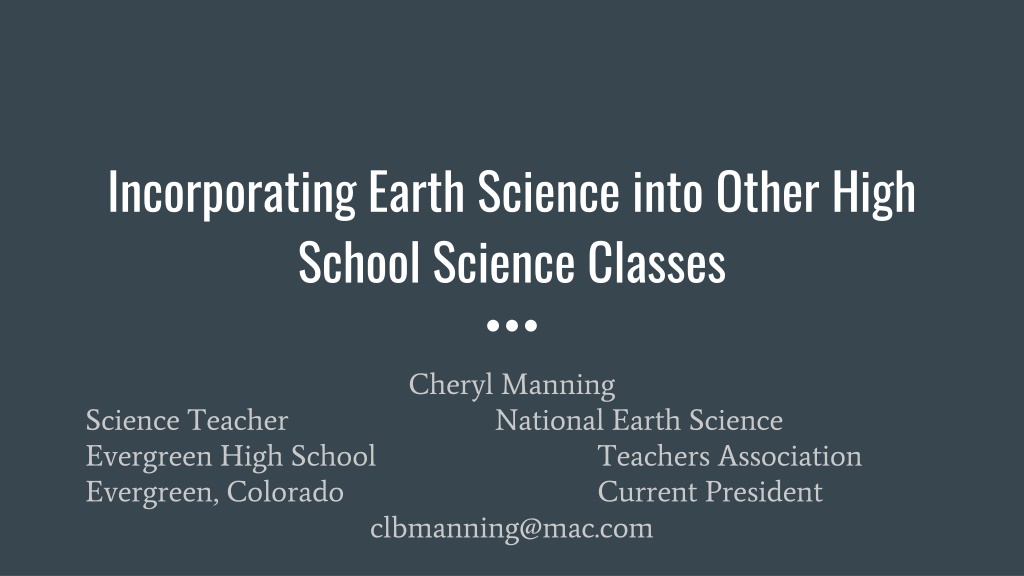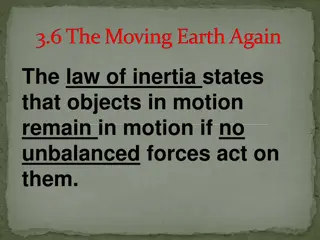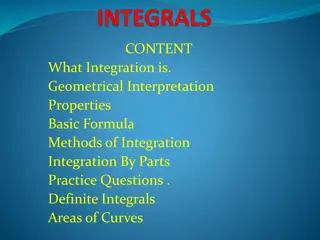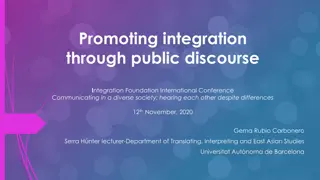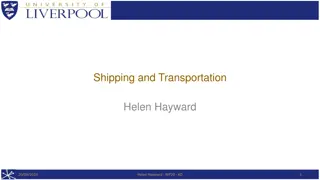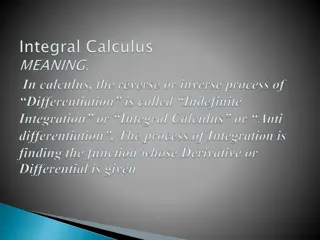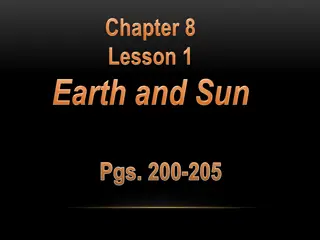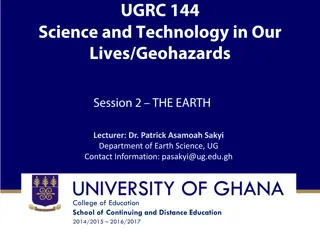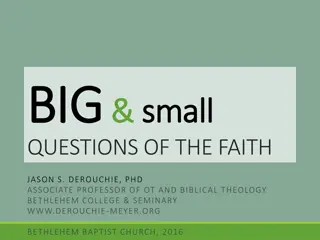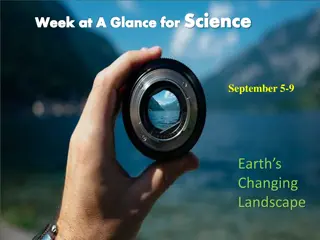Enhancing Science Education Through Earth Science Integration
Explore the importance of incorporating Earth Science into high school Biology, Chemistry, and Physics classes, leveraging resources and NGSS standards to create engaging cross-disciplinary learning experiences. Cheryl Manning, NESTA President, shares insights on bridging Earth Science concepts with traditional science courses for a comprehensive science education approach.
- Science Education
- Earth Science Integration
- NGSS Standards
- High School Science
- Cross-Disciplinary Learning
Download Presentation

Please find below an Image/Link to download the presentation.
The content on the website is provided AS IS for your information and personal use only. It may not be sold, licensed, or shared on other websites without obtaining consent from the author. Download presentation by click this link. If you encounter any issues during the download, it is possible that the publisher has removed the file from their server.
E N D
Presentation Transcript
Incorporating Earth Science into Other High School Science Classes Cheryl Manning National Earth Science Teachers Association Current President clbmanning@mac.com Science Teacher Evergreen High School Evergreen, Colorado
Introduce yourself to 4 other people in the room Name Where you live and work What are you hoping to get from this workshop I am Cheryl Manning. I live and work in Evergreen, Colorado -- in the mountains an hour west of Denver. I love geology and get to teach the Earth Sciences in my high school. I also teach Chemistry, Environmental Science, and Physics. I am also the President of NESTA. I hope to learn from all of you.
The Issues of Earth Science Courses in High Schools Earth Science is taught in Middle School In an ideal world, Earth Science should be a Senior level course required for all students. However, this is not the ideal world. In the four years of high school, most students take courses in Biology, Chemistry and Physics because this sequence ... Leaves room for Electives, AP Science courses, etc. Is required by most colleges Most science teachers have degrees in Biology or the Physical Sciences Understanding the complexities of Earth Science requires a solid understanding of Chemistry and Physics There are many opportunities to incorporate Earth Science concepts into the other high school courses.
What are we doing today and why? Modeling an instructional style that you will be able to use when working with pre- service and inservice teachers. Exploring the links between Earth Science and traditional Biology, Chemistry, and Physics Courses Creating resources that could be used in high school classes and could be archived on the Earth Educators Rendezvous site and beyond.
Using NGSS Performance Expectations High School Earth and Space Science Concepts 3-Dimensional Learning Space Systems Disciplinary Core Ideas History of the Earth Cross-Cutting Concepts Earth s Systems Science and Engineering Practices Weather and Climate Human Sustainability
Work Groups -- The Other Sciences In which of the following might Earth Science fit ? Biology Structure and Function Inheritance and Variation of Traits Matter and Energy in Organisms and Ecosystems Interdependent Relationships in Ecosystems Natural Selection and Evolution Physical Sciences Chemistry Structure and Properties of Matter Chemical Reactions Energy Physics Forces and Interactions Energy Waves and EM Radiation
http://ngss.nsta.org/AccessStandardsByTopic.aspx Getting Started 1. Start by acknowledging what you know best the Earth and Space Sciences This is already a part of your thinking so we will rely on that background knowledge. 2. Get into groups -- Biology, Chemistry, or Physics 3. In your groups, find out what is being taught in the other high school courses by examining the Performance Expectations and Disciplinary Core Ideas in the NGSS for Physical Science - Today, focus on either Chemistry or Physics Life Science 4. Check out some of the teaching resources on the Teach the Earth Collection at http://serc.carleton.edu/teachearth/index.html
http://ngss.nsta.org/AccessStandardsByTopic.aspx Making Connections 1. Using the NGSS examine the DCIs for Biology, Chemistry or Physics 2. Start identifying those Disciplinary Core Ideas in your subject area that could be demonstrated using Earth & Space Science phenomenon. 3. Use the Google Docs created for your group to organize your thinking: Biology Chemistry Physics 4. Examine the Disciplinary Core Ideas in Earth Science. Find the DCI that best connects to your listed DCIs. If you don t find a match, you may need to reframe it or let it go. 5. Brainstorm some questions that might be generated by teaching this Earth & Space Science Content in the other subject area.
Creating Learning Opportunities Work together to ... 1. Choose one of the questions above that would challenge student s thinking in both your subject area and the Earth & Space Sciences. 2. Use that question as a guide to create a lesson, project, or unit of study that teaches both the subject area and the Earth & Space Science concept. 3. If you have time, identify the NGSS Crosscutting Concepts and Science & Engineering Practices your lesson incorporates. 4. Sharing your lessons and feedback on what makes these good lessons, what were the challenges of connecting the conceptual understandings, etc.
Complete the Workshop Evaluation!! http://serc.carleton.edu/earth_rendezvous/2016/program/afternoon_workshops/EOW_ w2.html THANK YOU!
